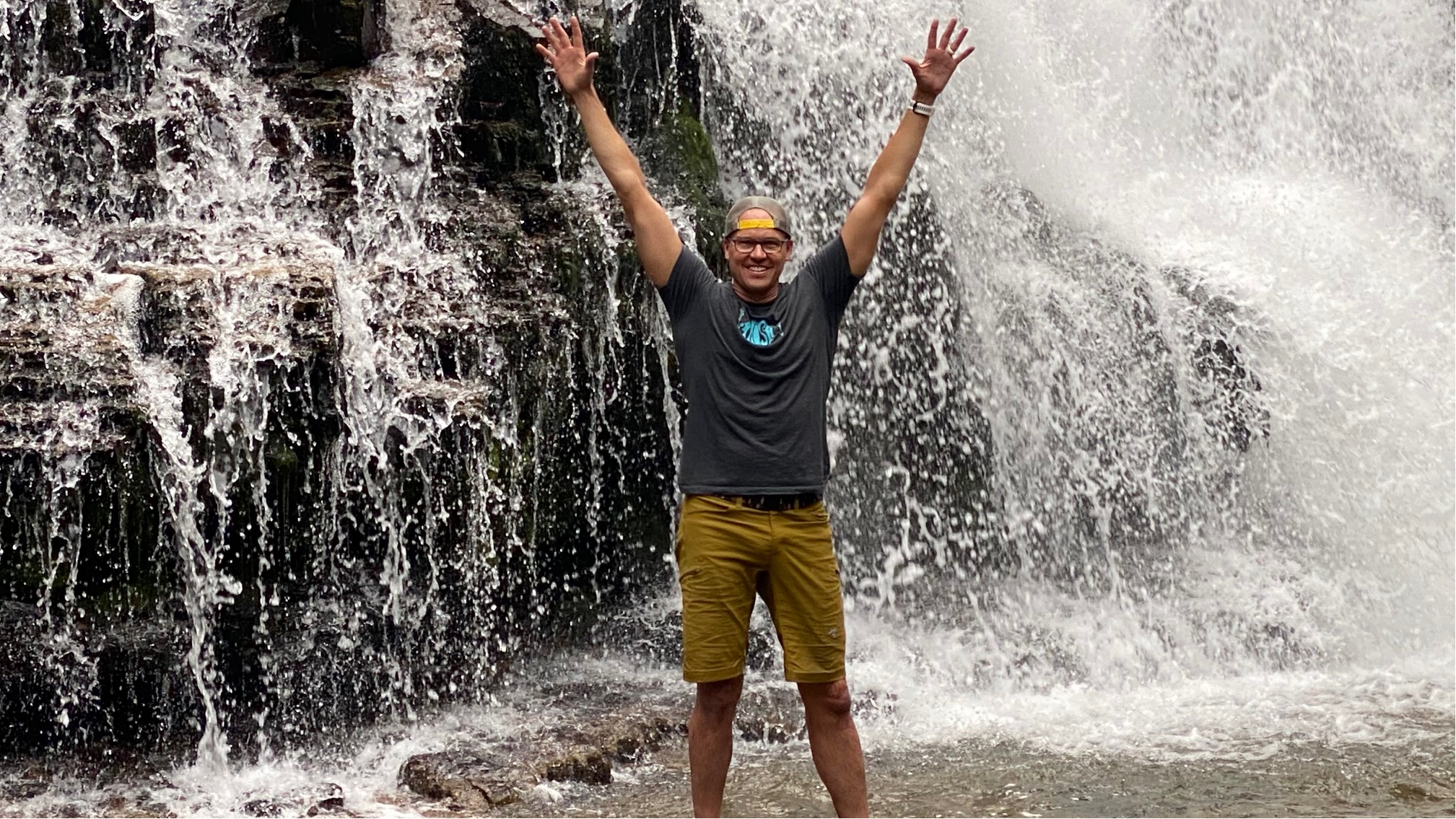
Another posture condition we see often in our modern day is Lower Cross Syndrome. This is an imbalance of tight and weak muscles. The difference is lower cross syndrome affects the lower part of your body, where abs and glutes (your butt) are weak, and the hip flexors and mid back are tight. It is possible to experience both UPPER and LOWER cross syndromes at the same time, but being intentional about your posture habits can help prevent both to avoid degeneration of the spine, low back pain, and other posture related health issues. So, what lifestyle habits cause LCS?
- Prolonged sitting with bad posture.
- Physical Inactivity
- Poor technique during exercise, especially lifts that can strain the back such as deadlift, bench press, and squat.
- Imbalanced strength training, (aka. Skipping leg day)
As LCS develops, it only gets worse over time. Because the glutes and abs are weak, your hamstrings and lower back overcompensate and become tighter as you engage in daily activities such as walking, running, and squatting. The tighter these muscles get, the weaker your abs and glutes become! This eventually can cause low back pain, a bulging belly, and increased risk of knee pain, lower back pain, and other musculoskeletal disorders. To prevent and combat LCS, here are some exercises and stretches you can do at home:
- Strengthen Abs/Core: Planks. Engaging in 30 seconds – 2 minutes of planks, keeping the glutes engages will help strengthen your core, and tighten your glutes. This will help prevent injury, and strengthen the weakened muscles. It is important to maintain good posture during planks by squeezing the glutes. This will help take the curve out of the spine, as shown in the picture to the left.
- Strengthen Glutes: Doing basic squats and glute bridges are great ways to engages your those weakened butt muscles. You can mix up the feet width or do single leg squats as well to engage your muscles in different ways.
- Stretch Hip Flexors: Lunging hip flexor stretches are a good way to stretch those tight hips. Hold for about thirty seconds and make sure to breathe deeply as you inhale and exhale, to allow the muscles to expand and contract. Get into a lunge position, with your back leg on its knee, and then gently drive your hips forward.
- Stretch Hamstrings and Back: Performing downward dog stretches will loosen those tight hamstring and attached lower back muscles. As you lift your butt into the sky, drive your shoulders down toward your ankles. Hold for about 30 seconds while breathing.
Feel free to ask your NUCCA Doctor or more tips and exercises to promote healthy posture and prevent UCS/LCS. We are here to help you with your spinal health and promote proper posture habits as your premier Upper Cervical chiropractic office in the greater Atlanta area.
Yours In Better Health,
Dr. Bryan Salminen, DC
Dr. Andrew Salminen, DC




